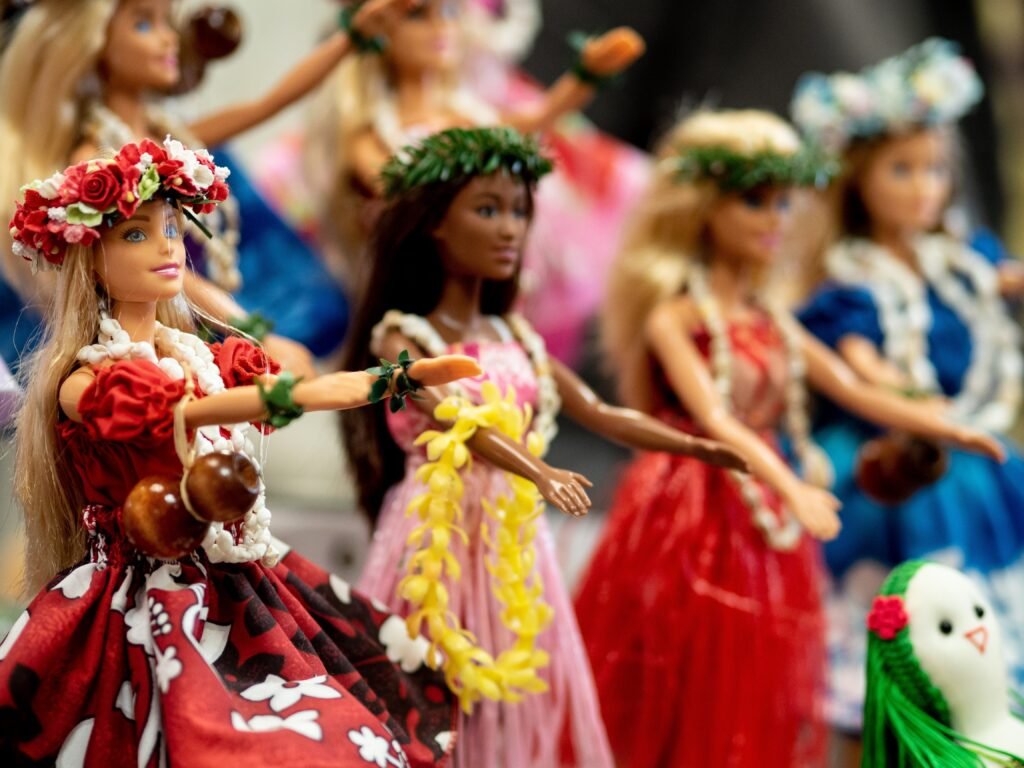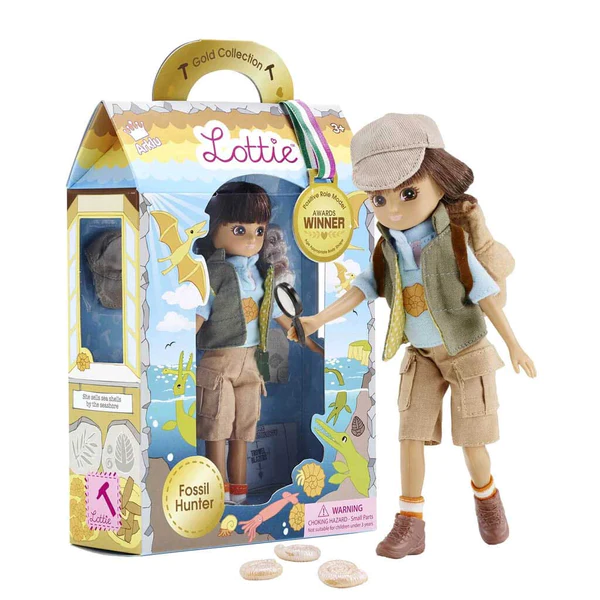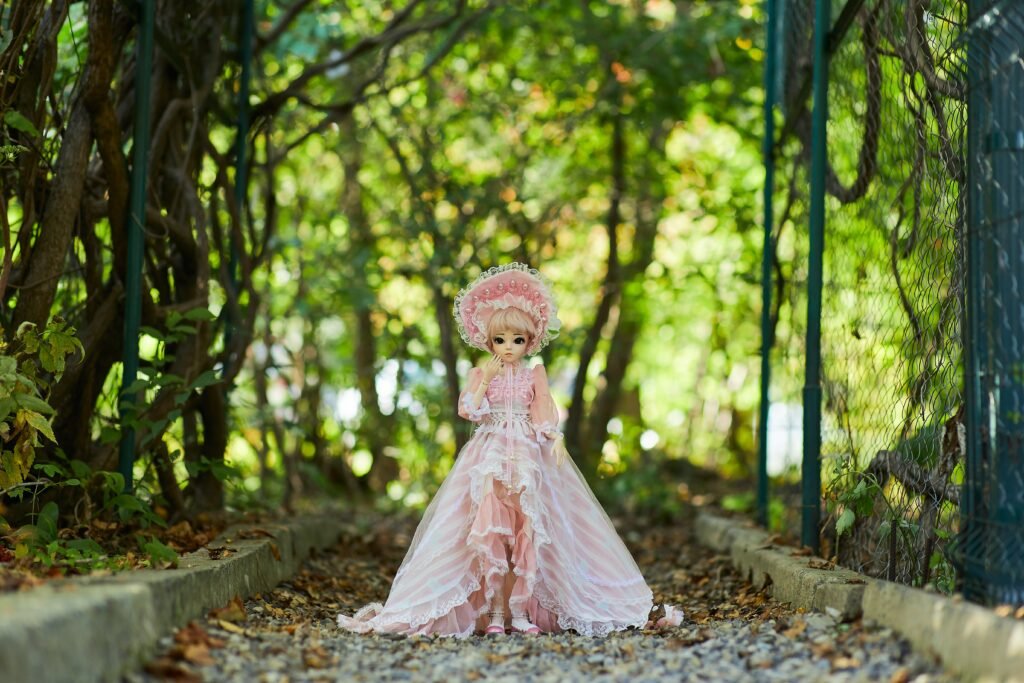The Barbie brand’s most important component today is diversity. The cultural consciousness regarding racial diversity and representation changed in the 1960s and the early 1970s. Critics began calling for more accurate and inclusive depictions of many races and ethnicities in toys and media. Nowadays, the most crucial factor of the Barbie brand is diversity. Apart from diversity, sustainability is another that has to be considered in the phase of climate change issues.
Why do eco-friendly dolls matter?
Sadly, a lot of these dolls are not even nearly eco-friendly. The dolls could even be dangerous to play with in specific situations. This is due to the possibility that the dolls’ vinyl heads and bodies could expose children to harmful phthalates, harmful colors, heavy metals, and even choking dangers if the toys aren’t safety checked.
Diverse culture dolls to educate children
For newborns of color, who are differently abled, and who are members of an LGTBQ+ family, a variety of toys and media is very beneficial. However, it is crucial that ALL newborns experience wholesome depictions of diversity. The same goes for children’s exposure to people of all genders, sexual orientations, abilities, socioeconomic statuses, etc. Once more, literature about children of all genders and abilities is available. Additionally, Pride celebrations are terrific for straight-parent children as well, making them a wonderful day out. Playing with diverse dolls can assist youngsters of all sexes, races, and abilities develop a well-rounded worldview. It encourages young people to recognize societal constraints and obstacles and devise innovative solutions to enable themselves and others to reach their greatest potential.

Trends for developing sustainable dolls
The Barbie Loves the Ocean collection is consistent with Mattel’s ambition to utilize only recycled, recyclable, or bio-based plastics in all of its goods and packaging by 2030. In addition to a matching Beach Shack play set and accessories made of more than 90% recycled plastic, the collection also contains three dolls whose bodies are composed of 90% recycled ocean-bound plastic pieces. The exceptional play quality that parents have come to expect from Barbie is delivered by this collection thanks to Mattel’s stringent manufacturing standards.

Mattel’s new ‘The Future of Pink is Green’ campaign will educate kids of all ages about the importance of sustainability in an easily digestible way.
Examples of eco-friendly toys
Lovevery dolls: made from organic cotton and certified wood and free of harmful chemicals and dyes. (https://lovevery.co.uk/community/blog/child-development/meet-our-organic-cotton-baby-doll-a-timeless-doll-for-everyone/)
Tender Leaf Toysdolls: made from sustainable rubberwood and non-toxic paints and certified by the Forest Stewardship Council (FSC).

Tender Leaf Toys Rag Doll
PlanToys dolls: made from sustainably harvested rubberwood and water-based paints with FSC certification (https://www.babipur.co.uk/plan-toys-green-dolls-house-furniture.html)
Examples of dolls with different cultural representation
Lottie Dolls: represent a wide range of cultures and ethnicities and come in a variety of skin tones, hair colors, and eye colors. They are also made from sustainable materials, such as organic cotton and bamboo.

Fossil Hunter | Lottie STEM Toy Doll
Mattel Creatable World Dolls: allow children to create their own unique dolls. They come with a variety of body parts, hair colors, and eye colors and are a great way for children to learn about diversity andinclusion. (https://www.npr.org/2019/09/25/764363013/mattel-launches-new-gender-neutral-dolls)
References
https://www.leafscore.com/eco-friendly-kids-products/best-sustainable-diverse-dolls/
https://toyworldmag.co.uk/mattel-launches-sustainable-new-barbie-loves-the-ocean-range/

